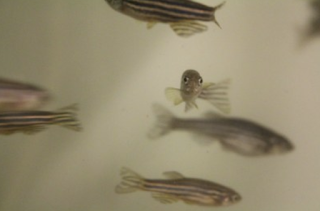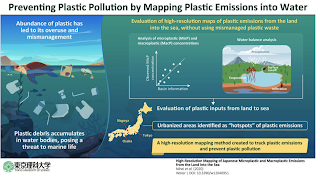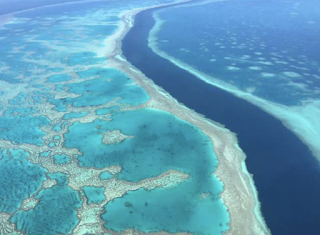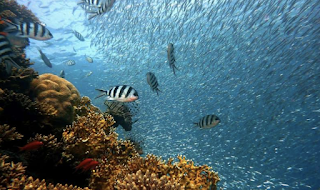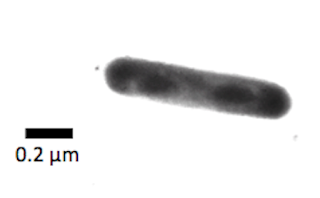Florida beach reopens- visitors litter 13,000 lbs of trash, Canada – new orca protections, 200 million-year-old squid attack, and more…
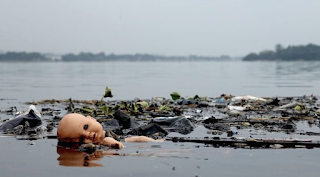 The Cocoa Beach Police Department says it will be increasing its enforcement of litter laws after an influx of visitors to Florida’s newly reopened beaches brought with it a large amount of trash. According to Florida Today, crews collected more than 13,000 pounds of garbage last weekend that was left behind by visitors at Cocoa Beach as the state continues to relax coronavirus restrictions. The Cocoa Beach Police Department responded with an announcement over the weekend that law enforcement will be “focusing on litter violations in the days and weeks ahead in an effort to educate the public and mitigate this repulsive and disrespectful behavior.”
The Cocoa Beach Police Department says it will be increasing its enforcement of litter laws after an influx of visitors to Florida’s newly reopened beaches brought with it a large amount of trash. According to Florida Today, crews collected more than 13,000 pounds of garbage last weekend that was left behind by visitors at Cocoa Beach as the state continues to relax coronavirus restrictions. The Cocoa Beach Police Department responded with an announcement over the weekend that law enforcement will be “focusing on litter violations in the days and weeks ahead in an effort to educate the public and mitigate this repulsive and disrespectful behavior.”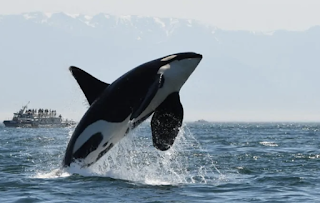 For the second year in a row, the Government of Canada is enacting restrictions to help protect the southern resident killer whale population. The new rules from Fisheries and Oceans Canada include protecting access to chinook salmon, reducing contaminants affecting killer whales and their prey, and asking all vessels to “go slow” when whales are around. Many of the regulations laid out are similar to those announced last year. New elements include expanding area-based closures for recreational and commercial fishing in key killer whale foraging areas and creating interim sanctuary zones off Pender Island, Saturna Island, and at Swiftsure Bank that will last from June 1 to Nov. 30, 2020.
For the second year in a row, the Government of Canada is enacting restrictions to help protect the southern resident killer whale population. The new rules from Fisheries and Oceans Canada include protecting access to chinook salmon, reducing contaminants affecting killer whales and their prey, and asking all vessels to “go slow” when whales are around. Many of the regulations laid out are similar to those announced last year. New elements include expanding area-based closures for recreational and commercial fishing in key killer whale foraging areas and creating interim sanctuary zones off Pender Island, Saturna Island, and at Swiftsure Bank that will last from June 1 to Nov. 30, 2020.
Read more in “CBC News”
3. Redirection of natural sand movement could combat sea-level rise
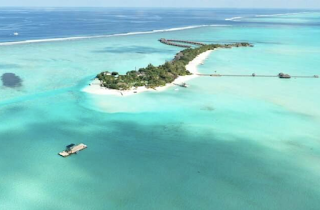 Many island nations, including the Maldives in the Indian Ocean, are facing an existential threat as a result of a rising sea level induced by global climate change. A group of MIT researchers led by Skylar Tibbits, an associate professor of design research in the Department of Architecture, is testing ways of harnessing nature’s own forces to help maintain and rebuild threatened islands and coastlines. Some 40 percent of the world’s population lives in coastal areas that are threatened by sea-level rise over the coming decades, yet there are few proven measures for countering the threat. Some suggest building barrier walls, dredging coastlines to rebuild beaches, or building floating cities to escape the inevitable, but the search for better approaches continues.
Many island nations, including the Maldives in the Indian Ocean, are facing an existential threat as a result of a rising sea level induced by global climate change. A group of MIT researchers led by Skylar Tibbits, an associate professor of design research in the Department of Architecture, is testing ways of harnessing nature’s own forces to help maintain and rebuild threatened islands and coastlines. Some 40 percent of the world’s population lives in coastal areas that are threatened by sea-level rise over the coming decades, yet there are few proven measures for countering the threat. Some suggest building barrier walls, dredging coastlines to rebuild beaches, or building floating cities to escape the inevitable, but the search for better approaches continues.
Read more in “MIT News”
4. Chinese boat accused of slave labor while illegally shark finning
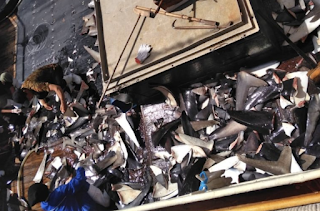 Authorities are calling for an investigation into alleged illegal fishing by a Chinese tuna company that kept Indonesian seamen as virtual slaves, leading to the deaths of four of them. These events occurred while the vessel was allegedly shark finning.
Authorities are calling for an investigation into alleged illegal fishing by a Chinese tuna company that kept Indonesian seamen as virtual slaves, leading to the deaths of four of them. These events occurred while the vessel was allegedly shark finning.
Read more in “Monga Bay”
6. Expert survey confirms one-meter sea-level rise by 2100
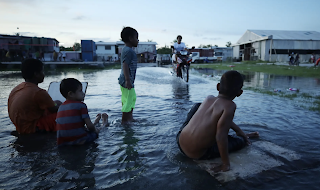 Sea-level rise is faster than previously believed and could exceed 1 meter by the end of the century unless global emissions are reduced, according to a survey of more than 100 specialists. Based on new knowledge of climate sensitivity and polar ice melt, the experts say coastal cities should prepare for an impact that will hit sooner than predicted by the United Nations and could reach as high as 5 meters by 2300.
Sea-level rise is faster than previously believed and could exceed 1 meter by the end of the century unless global emissions are reduced, according to a survey of more than 100 specialists. Based on new knowledge of climate sensitivity and polar ice melt, the experts say coastal cities should prepare for an impact that will hit sooner than predicted by the United Nations and could reach as high as 5 meters by 2300.
Read more in “The Guardian”
and
Read more in original study in “Nature”
Plastic waste often ends up in river bodies and oceans, posing a serious threat to the marine ecosystem. To prevent the accumulation of plastic debris, we must find out where plastic emission is prevalent. To this end, scientists have come up with a new method to track plastic emissions from inland areas to sea. This method is useful to identify the ”hotspots” of plastic emission and can even help to implement appropriate measures to avoid plastic pollution.
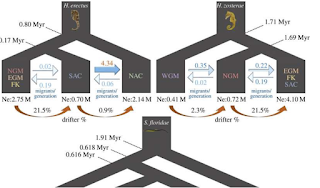 Ocean circulation driving macro-algal rafting is believed to serve as an important mode of dispersal for many marine organisms including seahorse and pipefish. This leads to predictions on population-level genetic connectivity and the directionality of effective dispersal.
Ocean circulation driving macro-algal rafting is believed to serve as an important mode of dispersal for many marine organisms including seahorse and pipefish. This leads to predictions on population-level genetic connectivity and the directionality of effective dispersal.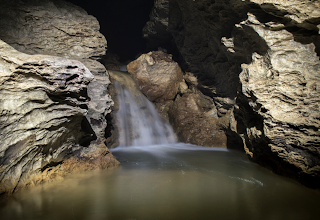 The Monte Conca cave system on the island of Sicily is a vast system of springs and pools, sitting below a nature preserve. It might be presumed to be one of the few places untouched by human-driven pollution. But new research published by a University of South Florida microbiology and geoscience team has found that even below ground, the microbial communities in the pools of water in the Monte Conca cave show signs of being altered by pollution from above.
The Monte Conca cave system on the island of Sicily is a vast system of springs and pools, sitting below a nature preserve. It might be presumed to be one of the few places untouched by human-driven pollution. But new research published by a University of South Florida microbiology and geoscience team has found that even below ground, the microbial communities in the pools of water in the Monte Conca cave show signs of being altered by pollution from above.
A scientific team, from CSIRO, Australia’s national science agency, created a more temperature tolerant coral in the laboratory. This was done by bolstering the heat tolerance of its microalgal symbionts – tiny cells of algae that live inside the coral tissue.
Scientists have discovered the world’s oldest known example of a squid-like creature attacking its prey, in a fossil dating back almost 200 million years. The fossil was found on the Jurassic coast of southern England in the 19th century and is currently housed within the collections of the British Geological Survey in Nottingham. In a new analysis, researchers say it appears to show a creature — which they have identified as Clarkeiteuthis montefiorei — with a herring-like fish Dorsetichthys bechei in its jaws.
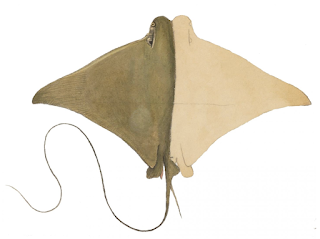 Understanding how the physical and biological world reacts to climate change is a challenge that science must contend with. To accurately assess how species might respond to global warming the reliability of simulation tools must be tested. In this context, the technology center, AZTI, has coordinated a study, published in the journal Global Change Biology, which compared fisheries model projections of the abundance of fish and their geographical distribution with catch data from North-East Atlantic surveys.
Understanding how the physical and biological world reacts to climate change is a challenge that science must contend with. To accurately assess how species might respond to global warming the reliability of simulation tools must be tested. In this context, the technology center, AZTI, has coordinated a study, published in the journal Global Change Biology, which compared fisheries model projections of the abundance of fish and their geographical distribution with catch data from North-East Atlantic surveys.13. DNA surprises surfacing in Atlantic: Species far from usual southern homes
Researchers from Czechoslovakia and Germany believe that chemoautotrophs (chemical eaters) recycle approximately five percent of the carbon and phosphorus assimilated by marine algae and release small portions of dissolved organics into the ocean each year. These findings are now published in the journal Science Advances.
———————————————–

